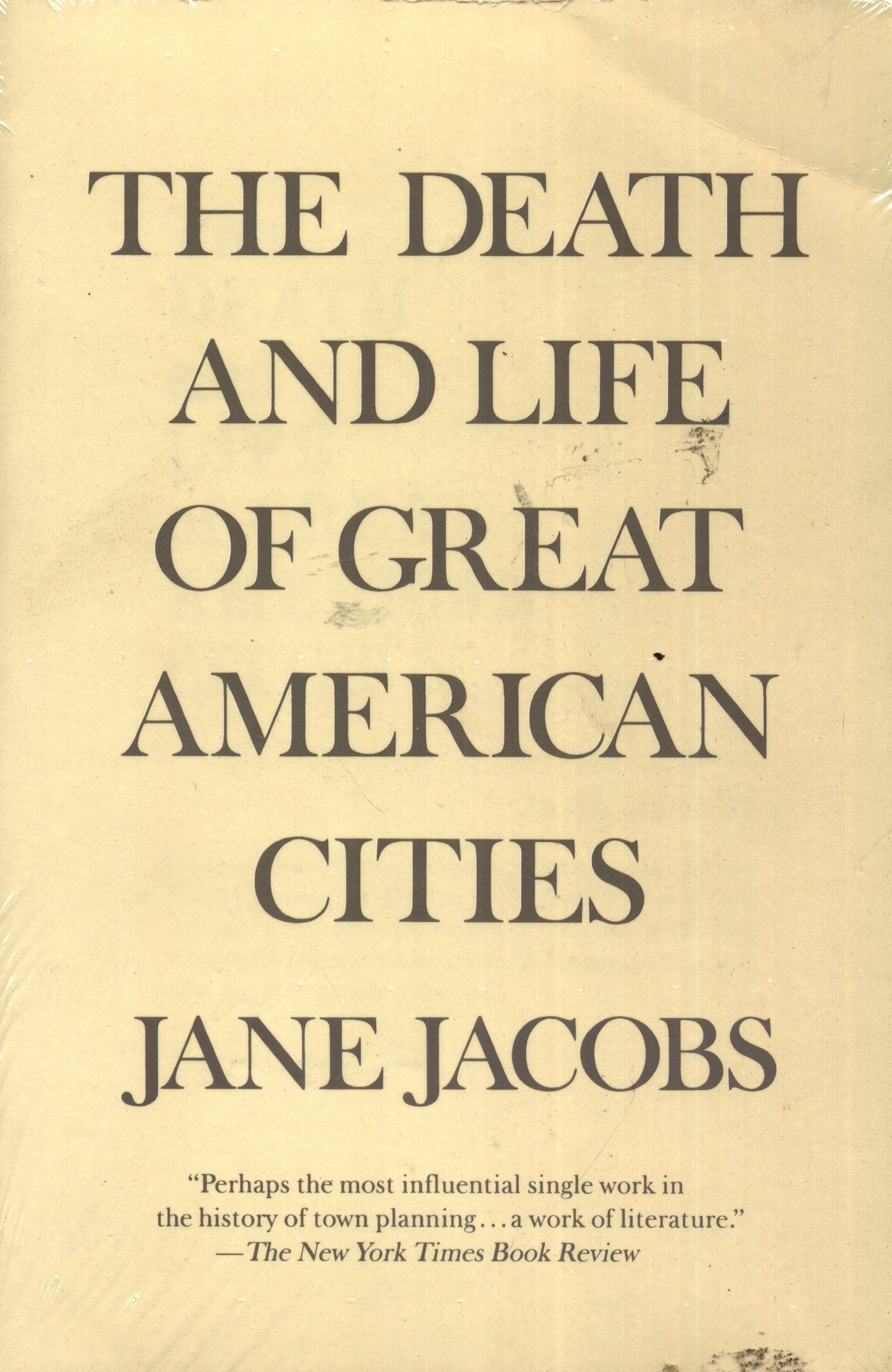"The Death and Life of Great American Cities" by Jane Jacobs is a seminal work in urban planning and sociology. Published in 1961, Jacobs challenges the prevailing ideas of urban renewal and slum clearance that were popular at the time. She argues that these approaches are actually harmful to cities, as they destroy the vibrant communities and social networks that make cities thrive.
One of the key ideas in the book is the importance of mixed-use neighborhoods, where residential, commercial, and recreational spaces are all integrated. Jacobs argues that this mix of uses creates a diverse and dynamic urban environment, where people can interact and form strong social bonds. She also emphasizes the importance of small-scale, locally-owned businesses in creating a sense of community and economic vitality.
Another important concept in the book is the idea of "eyes on the street." Jacobs argues that having a mix of people out and about in public spaces helps to create a sense of safety and security. She criticizes urban planning approaches that create isolated, homogenous neighborhoods that are devoid of human activity.
Overall, "The Death and Life of Great American Cities" is a compelling and thought-provoking book that challenges conventional wisdom about urban planning. Jacobs’s ideas have had a lasting impact on the field of urban design, and her insights continue to be relevant today. If you are interested in cities, architecture, or sociology, this book is a must-read.

